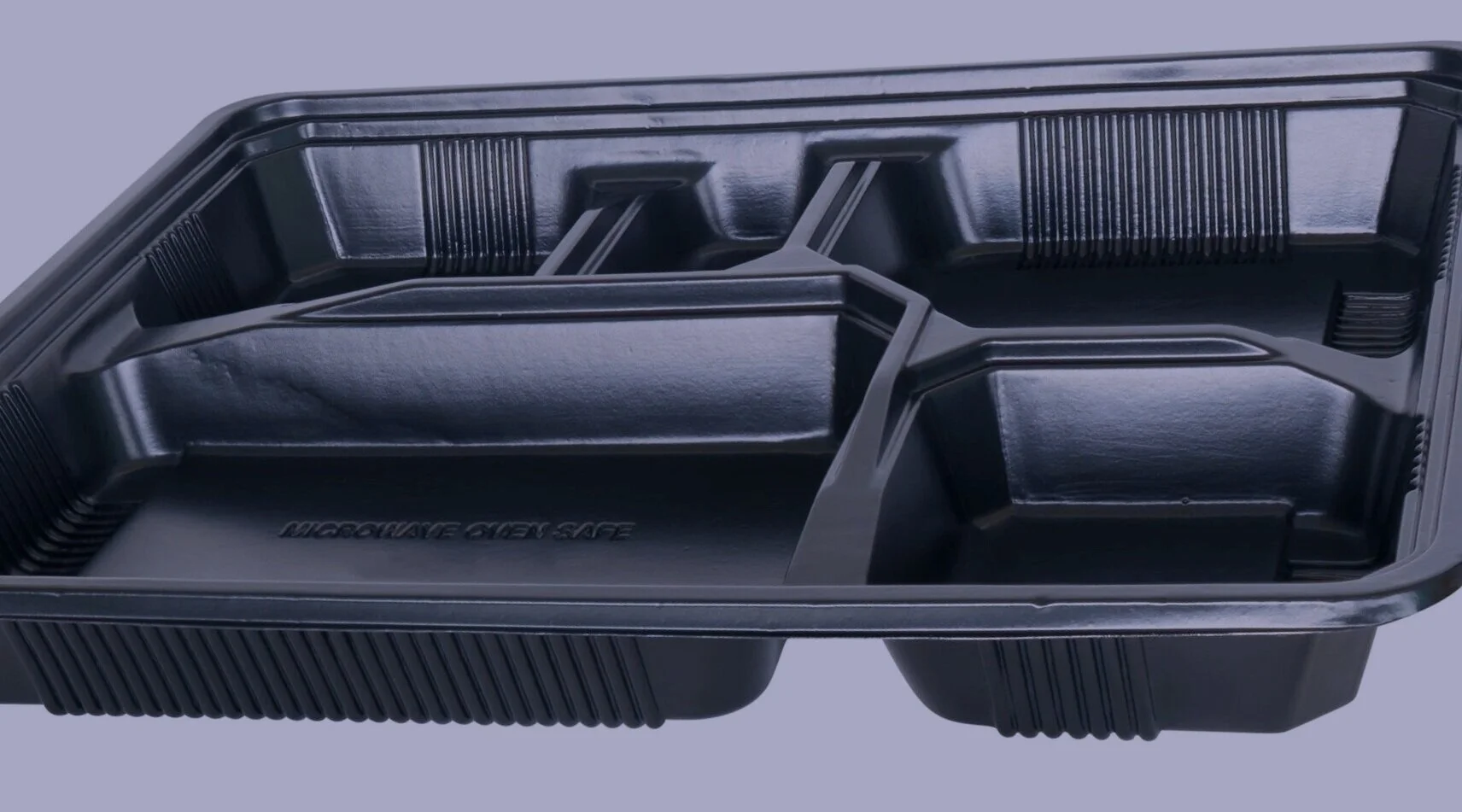The Vacuum Forming Experts
As a leading provider of high-quality vacuum forming and thermoforming services, RapidMade combines state-of-the-art technology with unparalleled personalized attention to help optimize your competitive advantage.
Whether you’re looking for custom packaging, housings, trays, or panels, our team of experienced engineers are well versed in regulatory requirements and material selection – acting as your partner in identifying the right manufacturing solution for your budget and needs. Enjoy unsurpassed quality, faster turnaround times, and reduced costs.
Have questions? Click here for more insight into the vacuum forming process. Or, feel free to contact us directly! We’d love to hear from you.
Vacuum Forming Materials
Donning an extensive range of thermal, chemical, mechanical and cosmetic properties, thermoplastics are praised for their versatile and durable qualities. At RapidMade, we have the capacity to produce vacuum formed parts as large as 4’ x 8’ in size, as well as incremental window sizes as small as 5” x 5” to reduce material usage for smaller parts.
Explore available materials we offer below.
HIPS (Polystyrene)
Highly sought after, this material serves as an inexpensive, yet functional, thermoplastic. Commonly utilized for packaging trays, covers and light-duty structural pieces, HIPS can become brittle when exposed to low temperatures and off-gas when subjected to higher temperatures. Food-safe varieties are available.
PETG (Polyethylene Terephthalate) (Polyester)
Replete with strong water and oxygen barriers, PETG is a moderately inexpensive material with the capacity to withstand substantially lower temperatures than HIPS. Common uses include freezer packaging, food-safe applications and water bottles.
ABS (Acrylonitrile Butadiene Styrene)
This impact-resistant engineering plastic can be blended with other materials to produce a flame-retardant or UV-resistant thermoplastic. It’s commonly used for high-end packaging and moderate-load structural components
Kydex T (ABS/PVC) or Kydex 100 (Acrylic/PVC)
This expensive flame-retardant thermoplastic is known for its high-impact resistance and is frequently used for moderate-load enclosures, structures and covers that require fire resistance. For radomes, Kydex 100 is our go-to choice of material.
PC (Polycarbonate)
Well-known for its impact strength, rigidness and temperature resistant properties, this medium-cost engineering plastic comes with UV and scratch-resistant options. Routinely used for high-temperature applications and glass replacements on consumer electronics, PC is more difficult to mold and manipulate compared to the majority of thermoplastics – especially when it comes to forming fine details.
PE, HDPE or LDPE (Polyethylene)
Sporting chemical-resistant properties, this engineering plastic is moderately hard, cost-effective and doesn’t off-gas when exposed to high temperatures. The material is well-suited for chemical-resistant containers due to its thermal and chemical durability. You can also expect a higher shrink rate compared to other materials, lowering tool lifespan and increasing variability between parts.
PP (Polypropylene)
Often selected as a moderately-priced alternative to PE, Polypropylene is favored for its capacity to improve thermal and mechanical properties. Donning a higher level of chemical resistance than a vast majority of other plastics, PP can be used as an engineering plastic, as well as for chemical-resistant applications such as food contact.
PVC (Polyvinyl Chloride)
This hard engineering plastic is defined by its high chemical and electrical resistance, as well as its strong mechanical properties. PVC can be made flexible or rigid and may be utilized for certain breeds of chemical-resistant containers.
Acrylic
Acrylic is a rigid, brittle and inexpensive plastic that possesses a relatively high resistance to UV light. Due to being a difficult plastic to mold and form (when compared to its counterparts), the material is not intended for details or tight bends. It’s well-suited for outdoor applications thanks to its UV-resistant properties.




“Our company has procured industrial 3D printed parts through RapidMade for nearly 5 years now. We've been very happy with the service, quality, and price of parts using SLS and MJF processes; in addition, RapidMade sales engineers have been very helpful in recommending design tweaks to improve product outcomes.
“We've deployed these products in California, Colorado, Kenya, Rwanda and Ethiopia. Even now that we are no longer based in Portland, we still do our industrial 3D printing through RapidMade.”
— Taylor Sharpe, SweetSense Inc.